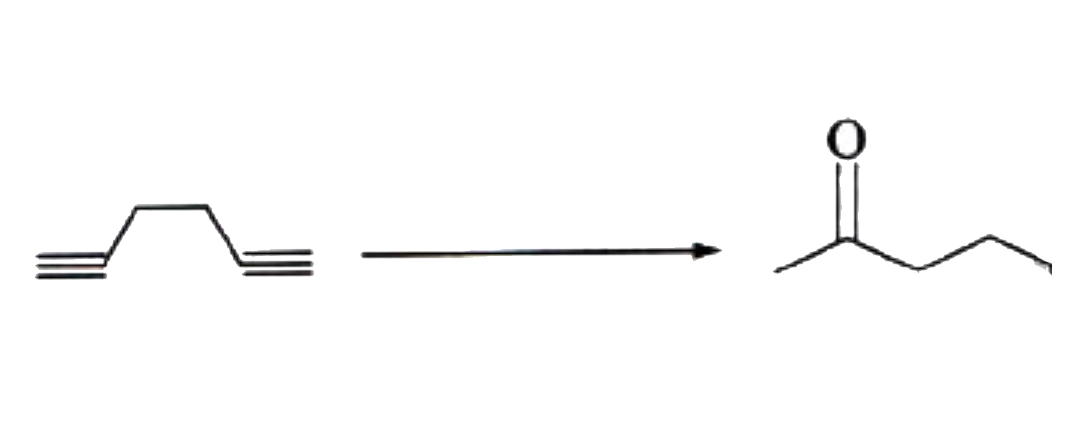Pathogenicity of Pneumococcus in the transformation experiment carried out by Griffith was due to
Carotenoid
RNA
Protein
Polysaccharide
The correct Answer is:D
To solve the question regarding the pathogenicity of Pneumococcus in the transformation experiment carried out by Griffith, we can follow these steps:
Step 1: Understand the Experiment
In 1928, Frederick Griffith conducted an experiment with two strains of Streptococcus pneumoniae, known as S strain (smooth) and R strain (rough). The S strain is virulent due to its smooth appearance, which is caused by a protective polysaccharide capsule.
Hint: Remember the two strains of Pneumococcus: S strain (smooth and virulent) and R strain (rough and non-virulent).
Step 2: Identify the Role of the S Strain
The S strain of Pneumococcus is pathogenic because it has a polysaccharide capsule that protects it from the host's immune system. This capsule is crucial for the bacteria's ability to cause disease.
Hint: Focus on the characteristics of the S strain that contribute to its virulence.
Step 3: Analyze the Transformation Process
Griffith's experiment demonstrated that when he injected mice with heat-killed S strain bacteria along with live R strain bacteria, the mice developed pneumonia and died. This indicated that some "transforming principle" from the dead S strain had transformed the non-virulent R strain into a virulent form.
Hint: Consider what component from the dead S strain could have transferred its virulence to the R strain.
Step 4: Conclude the Pathogenicity Factor
The transforming principle identified in Griffith's experiment was the polysaccharide capsule of the S strain. This polysaccharide is responsible for the pathogenicity of Pneumococcus, as it allows the bacteria to evade the immune response.
Hint: Recall that the polysaccharide capsule is a key factor in the virulence of the S strain.
Final Answer
The pathogenicity of Pneumococcus in the transformation experiment carried out by Griffith was due to polysaccharide.
In 1928, Frederick Griffith conducted an experiment with two strains of Streptococcus pneumoniae, known as S strain (smooth) and R strain (rough). The S strain is virulent due to its smooth appearance, which is caused by a protective polysaccharide capsule.
The S strain of Pneumococcus is pathogenic because it has a polysaccharide capsule that protects it from the host's immune system. This capsule is crucial for the bacteria's ability to cause disease.
Griffith's experiment demonstrated that when he injected mice with heat-killed S strain bacteria along with live R strain bacteria, the mice developed pneumonia and died. This indicated that some "transforming principle" from the dead S strain had transformed the non-virulent R strain into a virulent form.
The transforming principle identified in Griffith's experiment was the polysaccharide capsule of the S strain. This polysaccharide is responsible for the pathogenicity of Pneumococcus, as it allows the bacteria to evade the immune response.
The pathogenicity of Pneumococcus in the transformation experiment carried out by Griffith was due to polysaccharide.
Similar Questions
Knowledge Check
 Above transformation can be carried out by :AH+/Δzn(Hg),HClBHlO4,LiAlH4CHlO4,H+/ΔDH+/Δ,HiO4
Above transformation can be carried out by :AH+/Δzn(Hg),HClBHlO4,LiAlH4CHlO4,H+/ΔDH+/Δ,HiO4How is the following transformation best carried out?
 AOsO4,NaHCO3BH2SO4/H2OCHgSO4/H2SO4DHIO4
AOsO4,NaHCO3BH2SO4/H2OCHgSO4/H2SO4DHIO4

